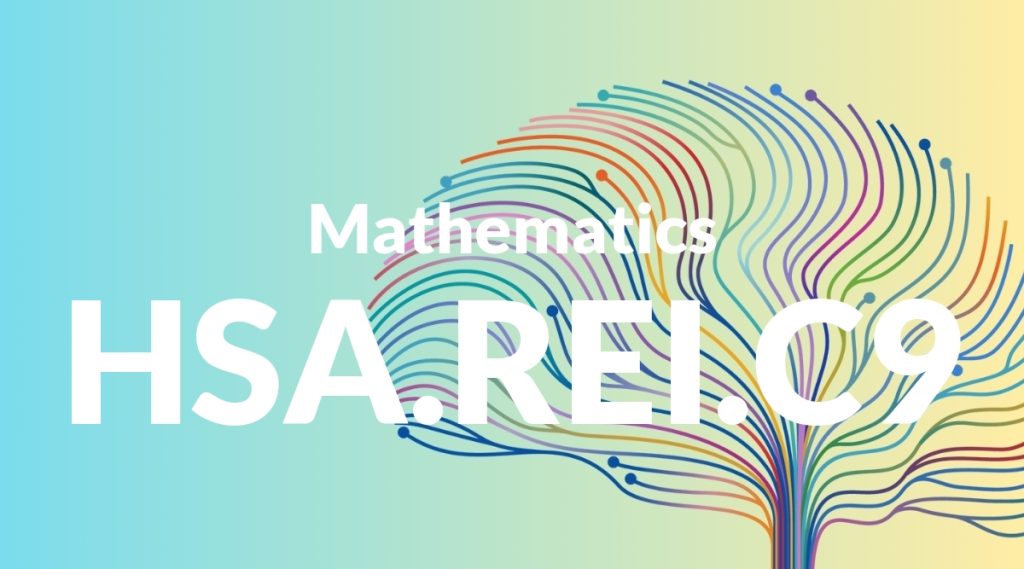Standard: HSA.REI.C9 – (+) Find the inverse of a matrix if it exists and use it to solve systems of linear equations (using technology for matrices of dimension 3 × 3 or greater).
Grade level: High School: Algebra
Subject: Mathematics
Domain: Reasoning with Equations & Inequalities
Teacher Overview
This standard focuses on finding the inverse of a matrix and using it to solve systems of linear equations, which is a crucial skill in higher mathematics and various real-world applications. Mastery of this standard enables students to solve complex problems efficiently using technology. Students should be familiar with basic matrix operations and solving linear equations. They should also understand the concept of a determinant and how it relates to the existence of an inverse matrix.
Once students master this standard, they will be prepared to delve into more advanced topics in linear algebra, such as eigenvalues and eigenvectors, and apply these concepts in fields like computer science, engineering, and economics.
Common Misconception 1
A common misconception is that all matrices have inverses. This is incorrect because only square matrices can have inverses, and even then, not all square matrices do. The determinant of the matrix must be non-zero for an inverse to exist.
Intervention 1
To address this misconception, provide students with examples of matrices that do and do not have inverses. Teach them how to calculate the determinant and use it to determine if an inverse exists.
Common Misconception 2
Another common misconception is confusing matrix inversion with matrix transposition. Transposition involves flipping a matrix over its diagonal, while inversion involves a more complex process that results in a matrix that, when multiplied by the original matrix, yields the identity matrix.
Intervention 2
Use visual aids and practice problems to differentiate between inversion and transposition. Emphasize the steps and purposes of each operation.
Prerequisite Knowledge
Students should understand basic matrix operations, including addition, subtraction, and multiplication. They should also be comfortable with solving systems of linear equations using traditional methods such as substitution and elimination.
Subsequent Knowledge
After mastering this standard, students will be able to handle more complex linear algebra concepts, such as eigenvalues and eigenvectors, and apply matrix operations in various fields such as computer science, engineering, and economics.
Instructional Activities
- Hands-on matrix manipulation using graphing calculators or software
- Group activities solving real-world problems using matrix inverses
- Interactive lessons on calculating determinants and verifying inverses
- Practice problems differentiating between matrix inversion and transposition
- Projects involving applications of matrix inverses in various fields




